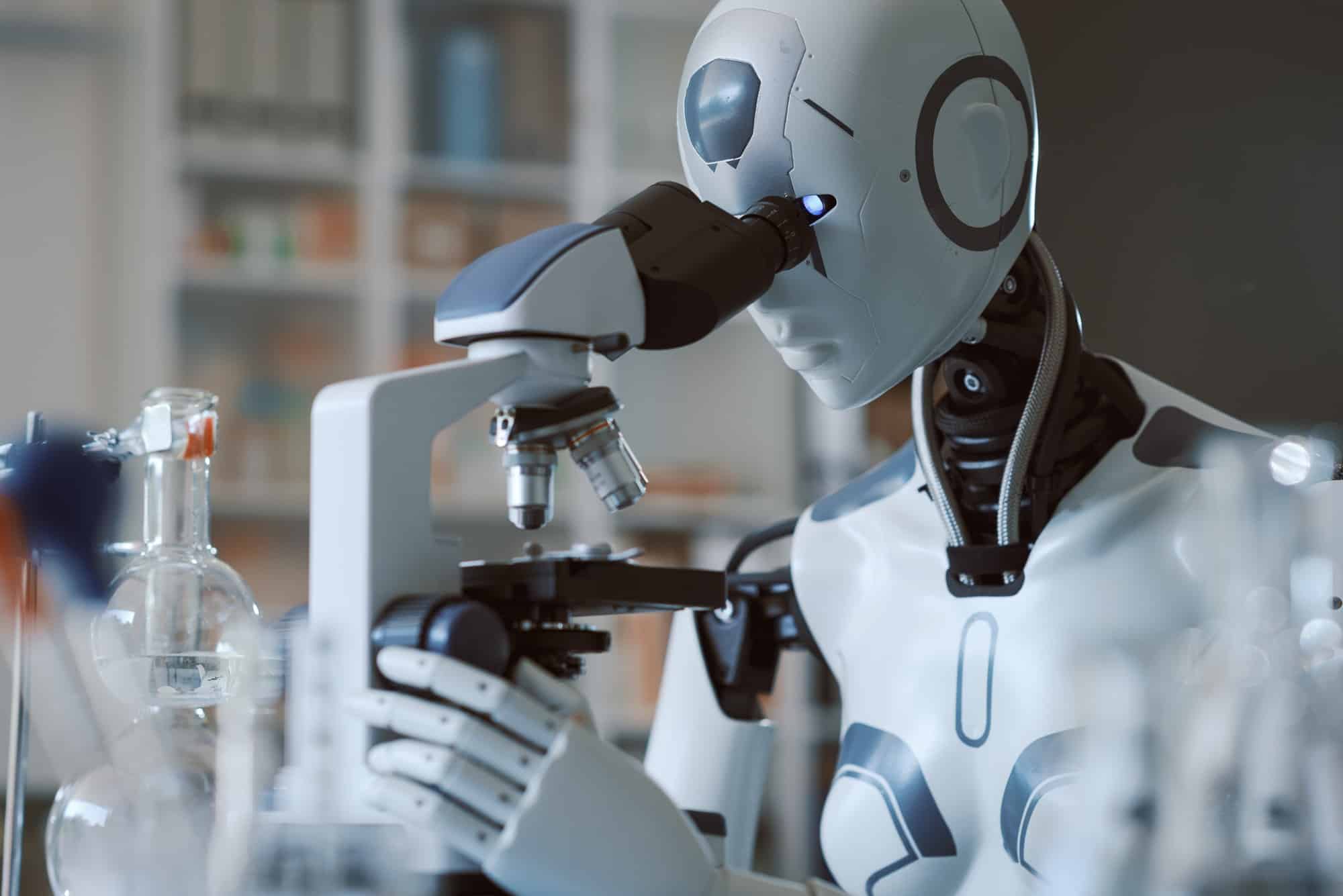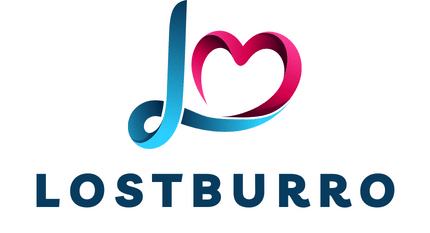What’s the Progress in Developing AI Tools for Real-Time Language Interpretation in Healthcare?

Artificial intelligence is transforming the landscape of various industries, and healthcare is no exception. One area where AI is making significant strides is in real-time language interpretation. This technology is driving the improvement of patient care by creating a reliable bridge of communication between healthcare professionals and their patients. With the rise in global migration, language barriers have become one of the main challenges in the healthcare sector.
Different languages and dialects spoken by patients often create a gap in understanding medical terminology and processes. This gap can severely affect the treatment outcome. AI-powered language interpretation tools offer a promising solution to this problem. They ensure that every patient, regardless of their language, can access quality healthcare. Let’s delve into the progress made in developing these AI tools, how they work, and their potential impact on patient care.
En parallèle : How Are Biodegradable Circuits Paving the Way for Eco-Friendly Electronics?
The Current State of AI in Language Interpretation
Artificial Intelligence is no longer a foreign concept in the healthcare industry. From disease detection, treatment plans, to predictive analysis, AI is revolutionizing patient care. In the realm of language interpretation, AI comes with sophisticated algorithms and machine learning capabilities that convert spoken words into another language in real time.
AI language interpretation tools can bridge the communication gap in patient care. They allow healthcare professionals to understand patients’ symptoms, medical history, allergies, and much more, regardless of the language barriers. As a result, these tools help to improve the accuracy of diagnosis, the effectiveness of treatment, and overall patient outcomes.
A voir aussi : What’s the Latest on Solar-Powered UAVs for Long-Endurance Atmospheric Research?
The progress made in this field is commendable. There are a multitude of applications available today that offer real-time interpretation services. These applications are powered by advanced machine learning algorithms that continually learn and improve their language interpretation skills.
The Science Behind AI Language Interpretation Tools
Behind the seamless real-time language interpretation lies a complex blend of machine learning and natural language processing techniques. These AI tools work by converting the spoken word into text, translating the text into the desired language, and then converting the translated text back into speech.
The efficiency of these tools depends on the sophistication of their algorithms. They utilize deep learning techniques to recognize and understand various accents, dialects, and speech patterns. The more they are used, the better they become at interpreting the nuances of human language.
AI language interpretation tools also employ advanced speech recognition systems. These systems can accurately identify and transcribe spoken words, even in noisy environments. Their performance is continually improving with time, thereby enhancing their efficiency and reliability in healthcare settings.
AI Tools and Patient Data Management
With the integration of AI tools in healthcare systems, patient data management has become more efficient and secure. AI tools not only interpret language in real-time but also securely store patient data for future reference. They can capture a patient’s medical history, diagnosis, treatment plans, allergies, and other critical health information in a systematic way.
By doing so, these tools help in streamlining patient management systems and reducing the chances of errors in data entry. Moreover, they allow healthcare professionals to access a patient’s health data at any time, thereby enabling them to provide more personalized care.
AI language interpretation tools also come with advanced security features. They ensure that patient data is protected from unauthorized access, thereby adhering to the data privacy regulations in the healthcare sector.
The Impact of AI Language Interpretation in Clinical Outcomes
The integration of AI language interpretation tools in healthcare settings has shown a positive impact on clinical outcomes. By breaking down language barriers, these tools enable healthcare professionals to understand their patients better, thereby enhancing the accuracy of diagnosis and effectiveness of treatment.
Moreover, these tools can significantly reduce the time taken for diagnosis and treatment. They can translate medical terminologies and procedures in real time, thereby eliminating the need for manual interpretation. This can save valuable time, particularly in emergency situations where every second counts.
Additionally, AI language interpretation tools can improve the patient experience. They can make patients feel more comfortable and understood, thereby boosting their trust and satisfaction with the healthcare service.
AI is indeed reshaping the healthcare landscape by bridging the communication gap in patient care. Through sophisticated algorithms and machine learning techniques, AI tools are making real-time language interpretation a reality in the healthcare sector. While there’s still a long way to go, the progress made so far is promising and holds bright prospects for the future of healthcare.
Utilizing AI Tools for Decision Making and Drug Discovery
The remarkable abilities of AI-powered language interpretation tools are not limited to the realm of patient care. They are also increasingly being used to aid decision-making processes and expedite drug discovery in healthcare.
When it comes to decision making, artificial intelligence tools play a critical role in bridging communication gaps among healthcare professionals. We are talking about doctors, nurses, pharmacists, and other healthcare providers who may speak different languages. By breaking down these barriers, AI language interpretation tools facilitate smoother, more efficient communication, allowing for more effective collaboration and ultimately, better patient outcomes.
What’s more, AI language interpretation tools are proving to be extremely useful in drug discovery. In this context, these tools can interpret and translate complex scientific literature, patents, and research papers from various languages into English. This can substantially benefit researchers by providing them access to a wealth of previously inaccessible international data.
Moreover, machine learning, deep learning, and neural networks – key components of AI language interpretation tools – are capable of analyzing vast amounts of data from electronic health records and public health databases. They can identify patterns and correlations that could lead to the discovery of new drugs or therapies. In other words, these AI tools are not just a means of communication; they are also powerful tools for decision-making and innovation in healthcare.
The Future of AI in Real-time Language Interpretation
There is no doubt that AI language tools have made significant strides in the healthcare sector. However, if we look into the future, there are still numerous possibilities to explore. This is particularly true in the context of predictive analytics, a domain that heavily relies on AI and machine learning.
At present, AI language interpretation tools are predominantly used for immediate translation needs. But imagine a world where these tools could predict the patient’s health concerns before they even verbalize them. By analyzing past medical records, treatment plans, and even the patient’s real-time biometric data, AI could potentially anticipate health issues and recommend preventive measures.
Moreover, as AI language tools become more sophisticated, they could be integrated more seamlessly into healthcare systems. For instance, they could be used in tandem with wearable devices or embedded directly into electronic health systems, allowing for real-time, on-demand language interpretation.
Lastly, as AI interpretation tools continue to learn and improve, we can expect to see more accurate and nuanced language translation. This could be particularly beneficial in understanding complex medical terminologies or interpreting subtle linguistic nuances that could be crucial in patient care.
In conclusion, whilst AI language interpretation tools have certainly come a long way, the journey is far from over. With continuous advancements in artificial intelligence, machine learning, and deep learning technologies, the future looks bright for AI’s role in removing language barriers in healthcare. The aim is to ensure that everyone, irrespective of their language, can access quality healthcare services in real-time. This is not just a desirable future – it’s a necessary one for a globalized healthcare system.
